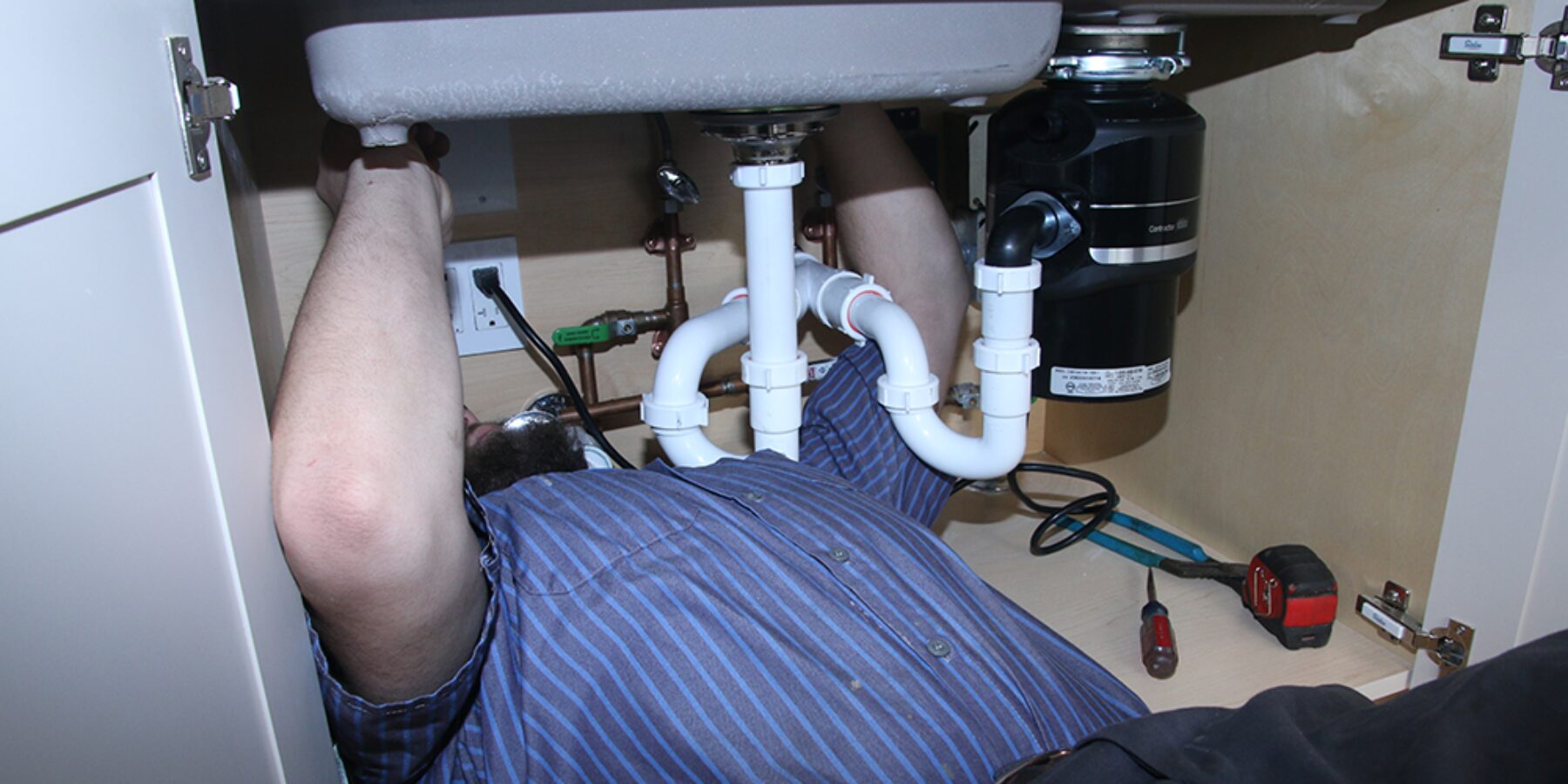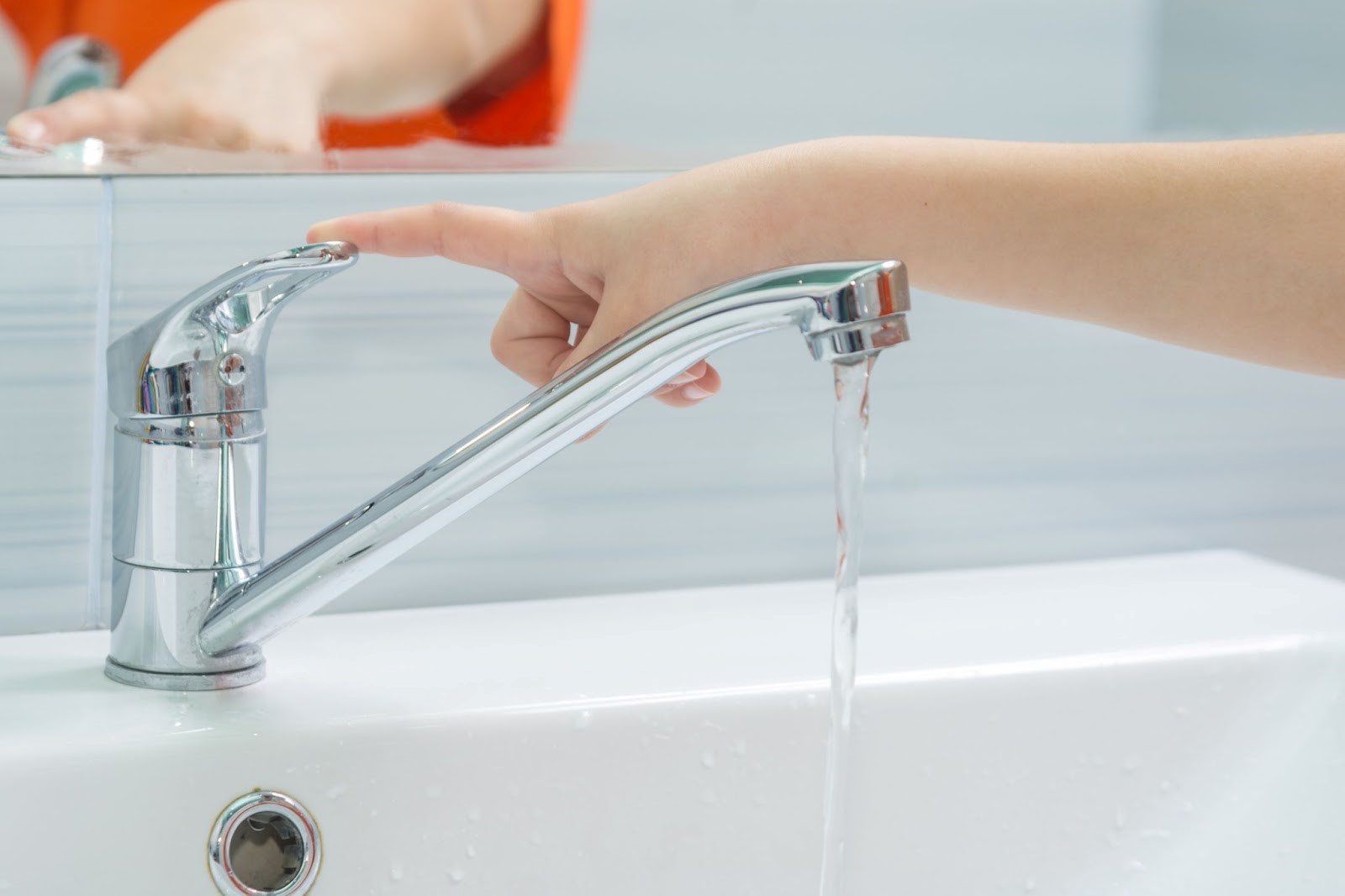Best Strategies For Correcting A Slow-Draining Sink
Best Strategies For Correcting A Slow-Draining Sink
Blog Article
Were you in search of guidance on 7 Ways To Fix A Slow-Draining Sink Before You Call A Plumber?

Introduction
We've all been there: You're brushing your teeth or washing your hands, and you discover the water pooling in the sink. Instead of quickly swirling down the drain, it lingers, transforming your once-refreshing morning regimen right into a mini swamp scene. A slow-draining sink isn't just annoying; it's typically an indication of bigger pipes issues prowling underneath the surface area. The bright side is that most slow-draining sinks can be taken care of with a little know-how, a couple of standard devices, and some perseverance. All set to tackle this job head-on? Let's roll up our sleeves and dive right in.
Understanding the Reasons For a Slow-Draining Sink
Prior to you start poking around in your pipelines, it helps to recognize what might be triggering the downturn. Recognizing the origin makes it less complicated to choose the best repair.
Typical Wrongdoers Behind Slow Drainage
So, what's blocking points up? Generally, it's a blend of everyday debris-- assume hair, soap residue, toothpaste deposit, and leftover food bits. Over time, these little bits accumulate and cling to the pipeline walls, gradually tightening the flow and making it harder for water to go through. Sometimes, mineral deposits from hard water can additionally include in the gunk, creating the excellent storm for stubborn blockages.
When is it Time to Take Action?
If you see the water draining slower than normal, it's a great concept to step in earlier rather than later. Waiting also long could cause complete clogs, unpleasant smells, or perhaps pipeline damages. If the water takes greater than a couple of secs to clean out after turning off the faucet, consider it a red flag and prepare yourself to place on your DIY hat.
Devices and Products You'll Require
The right devices make all the difference. Luckily, you will not require a fully stocked plumbing technician's van to do the job.
Vital Devices for DIY Fixes
A bettor is your go-to starting point. A small, sink-sized plunger creates suction that can dislodge small obstructions. For even more consistent clogs, a drainpipe snake (sometimes called a plumbing technician's auger) functions marvels. A set of handwear covers, a flashlight, and perhaps a set of safety safety glasses are likewise handy.
Advised Cleansing Solutions
Moderate recipe soap and warm water can assist break down oily accumulation. A mix of cooking soft drink and vinegar is a reliable natural remedy, and chemical cleansers provide a more environment-friendly method. Maintain chemical drainpipe cleaners as a last resort, as they can be extreme on your pipelines.
Safety First: Precautions and Preparations
Before you launch into unclogging mode, consider safety. You're taking care of potentially dirty water and particles, so slip on a pair of gloves. If you're making use of chemical cleaners, make sure the room is well-ventilated and comply with the guidelines on the tag.
Protective Equipment and Office Configuration
Put down some old towels or dustcloths around the sink location to capture dashes. Clear away any items that could get in your method, like soap dispensers or toothbrush owners. See to it you have excellent lighting-- grab a flashlight if required.
Step-by-Step Guide to Repairing a Slow-Draining Sink
Now, allow's enter the nitty-gritty. This detailed process will direct you via simple strategies to restore your sink's drainage.
Step 1: Remove and Tidy the Stopper
Commonly, the stopper (that tiny plug you lower to obstruct water) is the first wrongdoer. Remove it meticulously and clean off any hair or crud trapped around its base. Wash it extensively prior to putting it back in place.
Step 2: Utilize a Bettor to Dislodge Particles
Got that plunger prepared? Position it over the drainpipe and give it a couple of company pumps. The concept is to create suction that can loosen any kind of blockage. If you see littles debris drifting up, you get on the ideal track.
Step 3: Attempt a Drainpipe Serpent or Cord Wall Mount
If the plunger doesn't work, it's time to draw out the drain snake. Delicately feed it into the drain and twist as you go. You may feel some resistance-- that's most likely the clog. Keep turning and drawing up until you get rid of the blockage. If you don't have a drainpipe snake, a straightened out cord hanger can operate in a pinch.
Tip 4: Use a DIY Drainpipe Cleaner
An all-natural cleaner made from baking soft drink and vinegar can break down residual grime. Put half a cup of baking soda into the drain, adhered to by half a mug of vinegar. Allow it fizz for about 15 mins, then flush with hot water. This chain reaction typically does marvels for small blockages.
Step 5: Reconstruct and Examine the Sink
Put every little thing back together and run the tap. Does the water now swirl away at a decent rate? If yes, give yourself a pat on the back. Otherwise, do not misery-- there are still a couple of more tricks up your sleeve.
Different Methods for Stubborn Clogs
Not all blockages are created equal. If your sink still rejects to work together, consider these alternative solutions.
Sodium Bicarbonate and Vinegar Technique
We currently touched on this, however it deserves keeping in mind once again. This gentle, green method is safer than chemical cleaners and frequently quite efficient.
Enzymatic Drainpipe Cleaners
Enzyme-based cleaners utilize all-natural germs to digest raw material. They're an exceptional selection if you're wanting to prevent rough chemicals. Just keep in mind, they may take a bit longer to work their magic.
Chemical Drainpipe Cleaning Company: Advantages And Disadvantages
Chemical cleaners can blast through challenging clogs quickly, yet they're not without disadvantages. They can produce warmth and fumes, damage pipelines if made use of excessively, and position ecological threats. Utilize them sparingly, and constantly follow the directions very carefully.
Safety Nets to Keep Your Sink Flowing
Prevention is the very best remedy. By embracing a few easy routines, you can keep your sink from decreasing in the first place.
Regular Cleansing Behaviors
Wipe down the sink container and fixture area consistently. Eliminate hair or food bits prior to they have a possibility to wash down the drain.
Staying Clear Of Unsafe Substances Down the Drain
Hesitate before disposing coffee premises, grease, or fibrous veggie scraps down the sink. These perpetrators cling to pipe walls, creating clogs over time.
Routine Maintenance Checks
Arrange a fast month-to-month inspection. Run hot water through the sink for a few minutes, taking note of the flow. If it seems sluggish, act fast before it becomes a full-blown obstruction.
When to Call a Specialist Plumber
Occasionally, despite just how tough you attempt, that obstruct simply will not budge. That's when it's time to bring in the pros.
Signs That Indicate a More Serious Concern
If your sink drains pipes slowly in spite of several efforts, or if you observe water supporting in various other components (like your shower or toilet), you may have a more major pipes problem hiding much deeper in the system.
Stabilizing Do It Yourself Efforts with Professional Assistance
While DIY can conserve you cash and provide a feeling of achievement, there's no embarassment in calling an expert. A professional plumber can evaluate your entire plumbing configuration, making sure there's no underlying damages or lasting trouble that can cost you more down the road.
Comparing Prices and Long-Term Solutions
Prior to choosing, think about the big picture. A low-cost, quick fix might resolve the issue momentarily, but purchasing a much more irreversible solution could conserve you cash and anxiety over time.
Weighing the Expenditures of Do It Yourself vs. Professional Solutions
DIY fixes frequently set you back bit greater than the price of a bettor or a bottle of cooking soda. Expert solutions, on the other hand, included a price yet may stop repeated concerns and expensive fixings later.
Buying High Quality Fixtures and Upgrades
If your sink's design adds to frequent obstructions, it may be worth upgrading to higher-quality components or altering the pipes layout. Consider this a financial investment in your home's capability and comfort.
Verdict
A slow-draining sink can feel like a small irritability, however it's usually a sign that your pipes needs a little tender loving care. By comprehending the source, utilizing the right tools and techniques, and devoting to simple safety nets, you can maintain your sink streaming easily. And when all else stops working, never be reluctant to contact an expert-- your home's pipes is worth the financial investment in care and maintenance.
Three Common Ways to Fix a Slow Drain
Baking Soda Method
Boil a full pot of water. Measure out cup of baking soda and pour it down the drain. Then take cup of the magical cleansing substance known as white vinegar and drop that down there too. Allow the mixture to fizz in the drain for five minutes as the vinegar and baking soda combine. Now dump in that whole pot of boiling water. This combination of cleaning substances should clear out anything that is causing your sink to drain slowly. If it doesn t...
Zip-It
If the baking soda method doesn t clear out your drain, it may be because a significant amount of hair and/or other debris has collected there and you need to remove it. Purchase a Zip-It tool at any home improvement or hardware store and insert it into your drain. It will catch any collected hair or debris that s blocking the flow of water. Pull it out. If it s got a big clump of hair, etc. on the end, you ve probably got your culprit.
Drain Cleaner
If these methods don t work, there is the standard drain cleaner that you can also buy in a hardware store or even your local grocery store. It s better if you can use a household solution, but these drain cleaners often work in a pinch. They re very simple to use. You generally just dump them in your drain and wait. If even this method is not effective, it may be time to call the plumber.
https://www.mrrooter.com/oneida/about-us/blog/2017/july/three-common-ways-to-fix-a-slow-drain/

Do you appreciate reading about Solved! How to Fix a Slow Sink Drain? Try to leave a review down below. We would be pleased to find out your insights about this entry. In hopes to see you back again soon. Are you aware of somebody else who is involved in the topic? Be sure promote it. Thanks a bunch for being here. Kindly come visit our website back soon.
Schedule Service Now Report this page